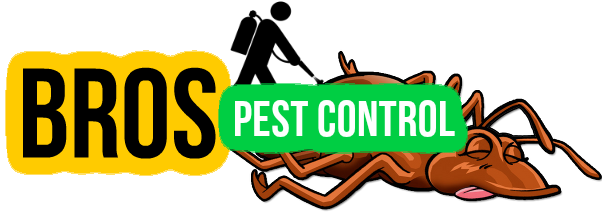Bee Removal Westerly, RI | Yellow Jackets, Wasps, Hornets
Westerly Bee Control & Extermination
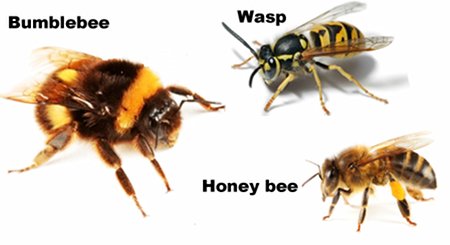 Bro’s Pest Control specializes in bee removal Westerly, RI. Bro’s Pest Control is your connection to safe bee removal and extermination services in the Westerly area. Exterminators within our network specialize in: wasp control, hornet control, bee swarm removal and bee removal. Pest control services can also include sealing off the entrances and exits, repairs from hive and damage, as well as traps. Bee’s can pose danger, especially if a loved one is allergic. Contact Bro’s Pest Control today to control your bee problem in the Westerly area.
Bro’s Pest Control specializes in bee removal Westerly, RI. Bro’s Pest Control is your connection to safe bee removal and extermination services in the Westerly area. Exterminators within our network specialize in: wasp control, hornet control, bee swarm removal and bee removal. Pest control services can also include sealing off the entrances and exits, repairs from hive and damage, as well as traps. Bee’s can pose danger, especially if a loved one is allergic. Contact Bro’s Pest Control today to control your bee problem in the Westerly area.
For Bee Control Westerly, Rhode Island Call, 1-888-497-9069
Specialized Bee Removal & Extermination
Bro’s Pest Control professionals can help you with all different bee problems including:
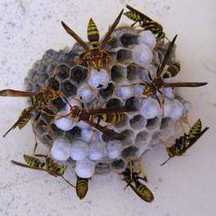 Removal of hives, bee swarm removal, yellow jacket removal, hornet removal, bumble bee removal and various of bee removal jobs. Bee removal Westerly, RI experts will come out to your home or business and remove unwanted bee’s safely and at a reasonable price. Same day appointments for bee removal can be scheduled, if needed. Ready for bee control Westerly, RI? Contact us today by calling 1-888-497-9069.
Removal of hives, bee swarm removal, yellow jacket removal, hornet removal, bumble bee removal and various of bee removal jobs. Bee removal Westerly, RI experts will come out to your home or business and remove unwanted bee’s safely and at a reasonable price. Same day appointments for bee removal can be scheduled, if needed. Ready for bee control Westerly, RI? Contact us today by calling 1-888-497-9069.
Bee, Wasp & Hornet Treatment
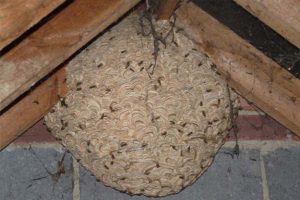 Bee, wasp or hornet treatment Westerly, RI will require one of our bee specialists to come out to your home to perform a free inspection. They will arrive fully equipped to eliminate your bee issue. The bee exterminator will identify the location of the nest, depending on the type of stinging insect problem you have, and eliminate/remove the problems to protect your family’s health and safety. In the case of a hornets nest, the technician will treat the nest and return to remove it after insuring that all the pests have been killed.
Bee, wasp or hornet treatment Westerly, RI will require one of our bee specialists to come out to your home to perform a free inspection. They will arrive fully equipped to eliminate your bee issue. The bee exterminator will identify the location of the nest, depending on the type of stinging insect problem you have, and eliminate/remove the problems to protect your family’s health and safety. In the case of a hornets nest, the technician will treat the nest and return to remove it after insuring that all the pests have been killed.
Bees are flying insects closely related to wasps and ants, known for their role in pollination and, in the case of the best-known bee species, the European honey bee, for producing honey and beeswax. For bee removal Westerly, RI — contact us today!
Bee Extermination Westerly, Rhode Island
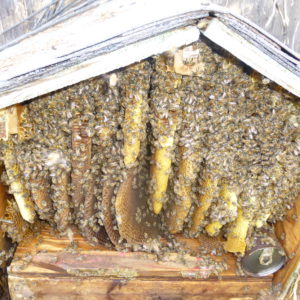 Assuming the bee's in question are not honeybee's, a Bro's Pest Control expert can exterminate them. Every year, beekeepers are called upon to give advice regarding the removal of honey bees (and other insect pests) from homes and buildings since honey bees are NOT to be exterminated. Honey Bee removal on the other hand, includes relocating the bee's to a different location. If you have a bumble bee, wasp or yellow jacket bee problem in Westerly, RI -- then extermination can be done. For wasp, bumble bee, hornet or yellow jacket extermination Westerly, RI -- please get in touch with Bro's Pest Control today!
Assuming the bee's in question are not honeybee's, a Bro's Pest Control expert can exterminate them. Every year, beekeepers are called upon to give advice regarding the removal of honey bees (and other insect pests) from homes and buildings since honey bees are NOT to be exterminated. Honey Bee removal on the other hand, includes relocating the bee's to a different location. If you have a bumble bee, wasp or yellow jacket bee problem in Westerly, RI -- then extermination can be done. For wasp, bumble bee, hornet or yellow jacket extermination Westerly, RI -- please get in touch with Bro's Pest Control today!
Westerly, Rhode Island
Westerly is a town on the southwestern shoreline of Washington County, Rhode Island, United States founded in 1669 by John Babcock. It is a beachfront community on the south shore of the state. The population was 22,787 at the 2010 census.
On the western border of Westerly flows the Pawcatuck River, once renowned for its own species of Westerly salmon, three of which are on the town's crest. The river flows from some fifteen miles (24 km) inland, emptying into Little Narragansett Bay. It also serves as the boundary between Westerly and Pawcatuck, Connecticut. Along the coast of Westerly lie salt ponds which serve as shallow reeflike pools whose outer walls form the long, white beaches for which the town became renowned. From west to east, these ponds are called Maschaug Pond, Winnapaug Pond, and Quonochontaug Pond. The town also has the fresh water lake Chapman's Pond which is undergoing revitalization. A type of granite known as Westerly granite has long been quarried here. Westerly granite is ideal for statuary and has been used in numerous government buildings of several states along the eastern seaboard. The Westerly area was known for its granite and stone-cutting industry.[4][5][6]
Carpenter bees are species in the genus Xylocopa of the subfamily Xylocopinae. The genus includes some 500 species in 31 subgenera.[1] The common name "carpenter bee" derives from their nesting behavior; nearly all species burrow into hard plant material such as dead wood or bamboo. The main exceptions are species in the subgenus Proxylocopa; they dig nesting tunnels in suitable soil.
